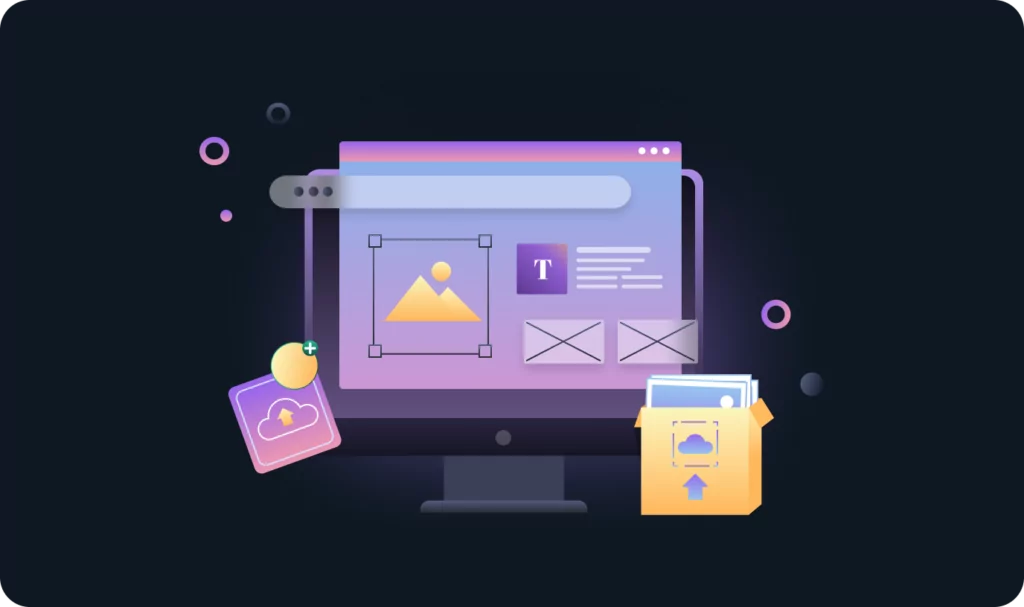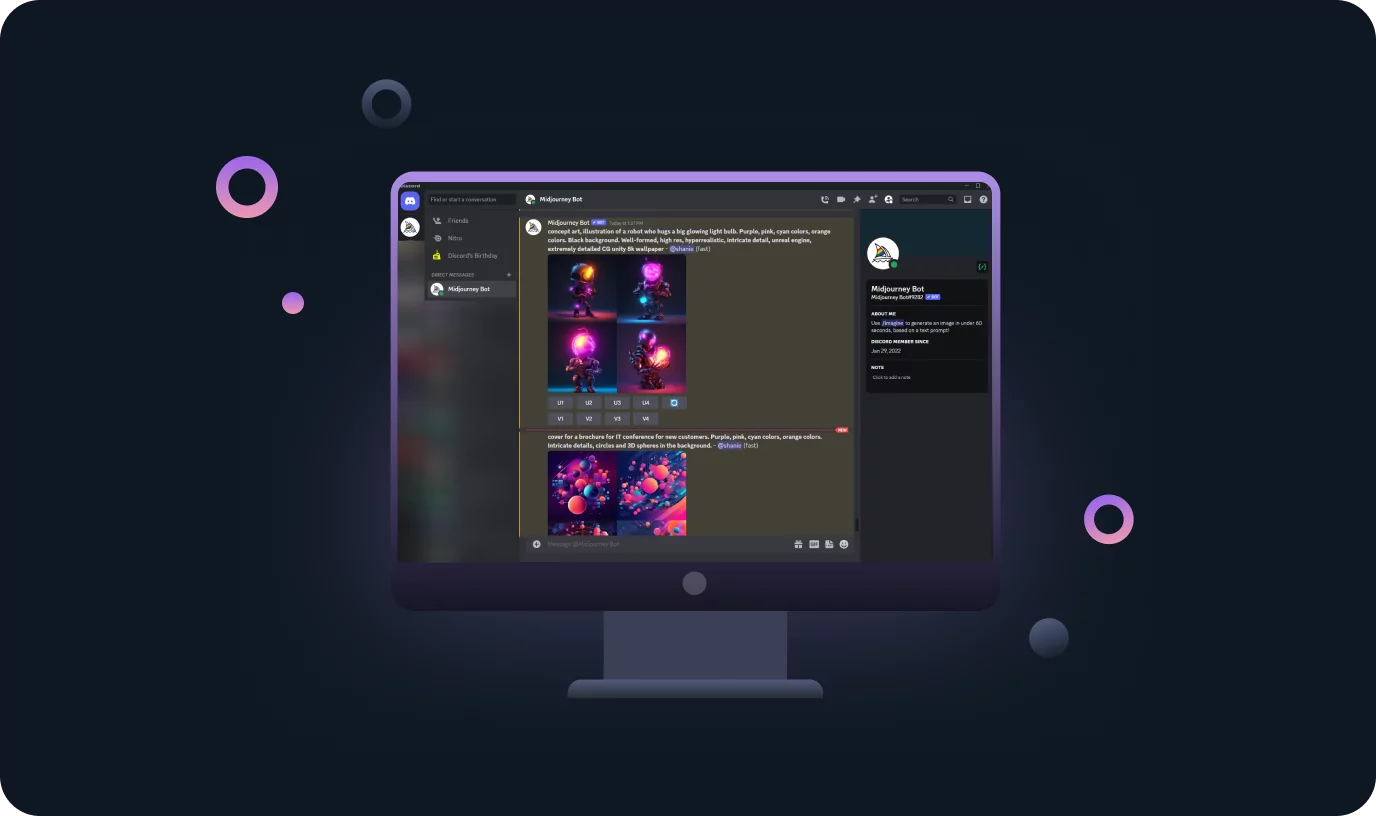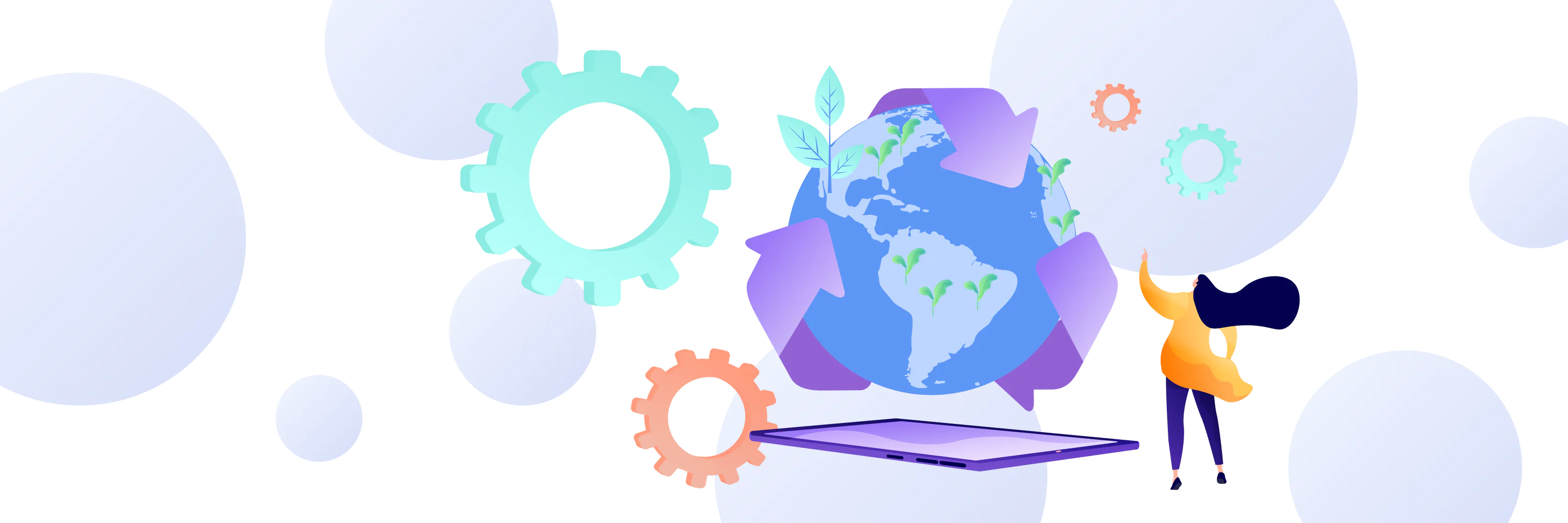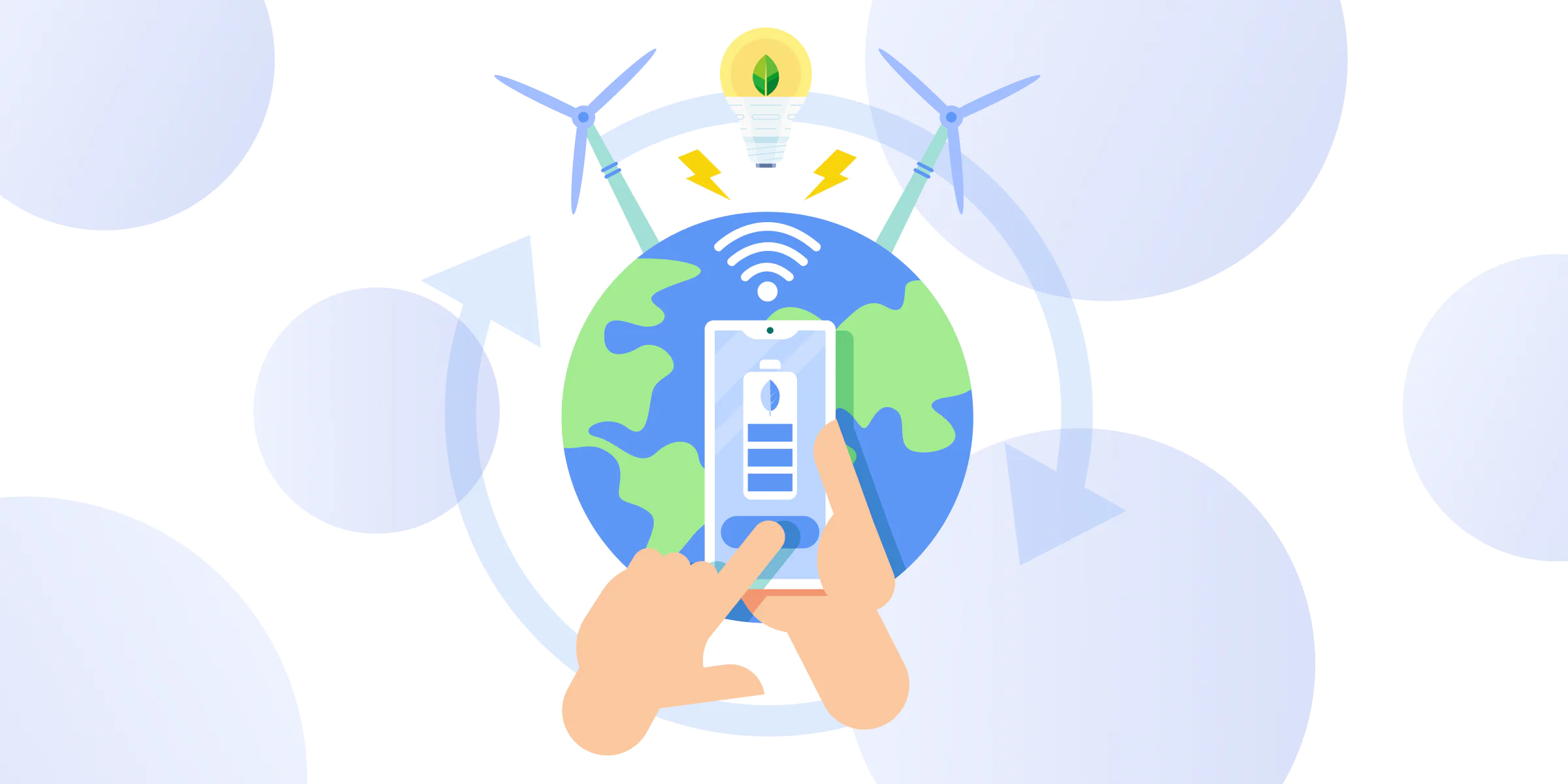Outsourcing software development offers a range of benefits to businesses of any size. The main advantage of this method is flexibility as outsourcing gives you access to a huge pool of talent. However, as much as it could help you, entrusting your product development to offshore specialists could also cause problems. The secret to success here is to hire a reliable outsourcing development company you can trust. This guide will help you with this by pointing out the most important factors to consider when choosing this service.

Advantages of Outsourcing Software Development
Before we get into the ‘how’, you need to understand whether outsourcing is the right choice for your business in general. An in-house team means you have more control of the workflow at every level. However, building your own team is guaranteed to be more expensive.
Meanwhile, outsourcing offers the following benefits:
- Access to versatile tech talent
When outsourcing software development you have access to all talent worldwide. Therefore, you can definitely find the exact combination of skills and tech expertise required to build your ideal product. For example, you can build an AI development team containing experts who specialize in AI training combined with expert developers who can build the system to their specifications. - Shorter time-to-market
As you aren’t limited in tech expertise and don’t need to spend time recruiting and talent on your own, the product development journey will be shorter. Even if you need to recruit additional experts during the development process, the Devtorium IT recruiting service will do this for you. Therefore, you get to release your product faster and with minimal disruptions. - Easy scalability
Having complete control of an in-house team also reduces its flexibility for scaling. However, when you are outsourcing software development, scaling won’t be an issue. Note that this is true both for up and downscaling. The size of your team will always correspond to your current needs and budget. - Quick team expansion
Note that you don’t have to outsource the entire development project. In fact, you can often achieve better results by choosing IT outstaffing services. In this case, you will enhance your in-house team with additional tech expertise by recruiting offshore specialists. This is a great option for scalability and increasing your product functionality by hiring experts in highly specific areas.

How to Hire an Outsourcing Software Development Company: Step-by-Step
- Outline your requirements
First of all, you need to have a clear idea of what you want to achieve with your product. In order to choose an outsourcing software development company you need to understand what sort of technical expertise you require. Note that you don’t have to create a complete plan of technical features for the product. However, it will be best to research your prospective competitors and make a list of features you want to have. This way, you will be able to narrow down the pool of outsourcing candidates. For example, you can look for someone with expertise in fintech development, or creating insurance platforms, etc. - Research offshore outsourcing companies
You can use reputable platforms, such as Clutch, to collect information about various offshore outsourcing companies. A reliable provider will have all the essential information on their website. There you can learn about the services they offer and take a look at the case studies portfolio to get some idea of the company’s expertise. - Conduct an interview and get a proposal
The next step is to contact the company and set up a meeting where you can discuss your project. You can arrange a free meeting with the Devtorium team anytime. During this meeting, we will collect your requirements and talk about details in order to understand how we can bring your ideas to life. Then, we will provide you with some estimates and a proposal. When ‘shopping’ for a - Start collaboration with the outsourcing software development company
Once we settle on the proposal, we can start collaborating to meet your goals and deadlines. Devtorium Project Managers will establish the lines of communication and set up the workflow to ensure that the project stays within the budget and delivery times outlined in the contract.

Best Destinations for IT Outsourcing Today
The first task that lies before you when looking for an outsourcing software development company is to choose a country. This shouldn’t be too difficult as there are reports that allow you to understand where exactly the IT outsourcing industry is the strongest. Moreover, you can find out average rates and see which destinations offer the best cost-to-value ratio for the client.
- Ukraine
Despite the war currently going on in the country, Ukraine remains the top IT outsourcing destination in Eastern Europe. The revenue generated by this industry has been steadily growing over the last decade and russia’s invasion didn’t impede this growth. According to Statista, the IT outsourcing industry is set to generate $1.7 billion in revenue in 2023 and double that within the next five years. - Poland
Poland has the largest workforce of development professionals in Europe (about 500 000). About 40% of these professionals work in the IT outsourcing industry. Polish software development vendors provide highly skilled labor at a reasonable rate. - India
India is one of the most popular software development outsourcing destinations due to the affordability and abundance of developers. The country has a huge pool of STEM graduates with about 2.5 million added every year. - Brazil
Brazil is the top IT outsourcing destination in Latin America. It’s particularly appealing to US businesses because there are very few issues with time zones. The country heavily supports the IT outsourcing industry through favorable legislation and promotion of technical professions within its education system.
Hiring an outsourcing software development company can be a game-changer for your business. So, don’t hesitate, and take the first step right now!



































